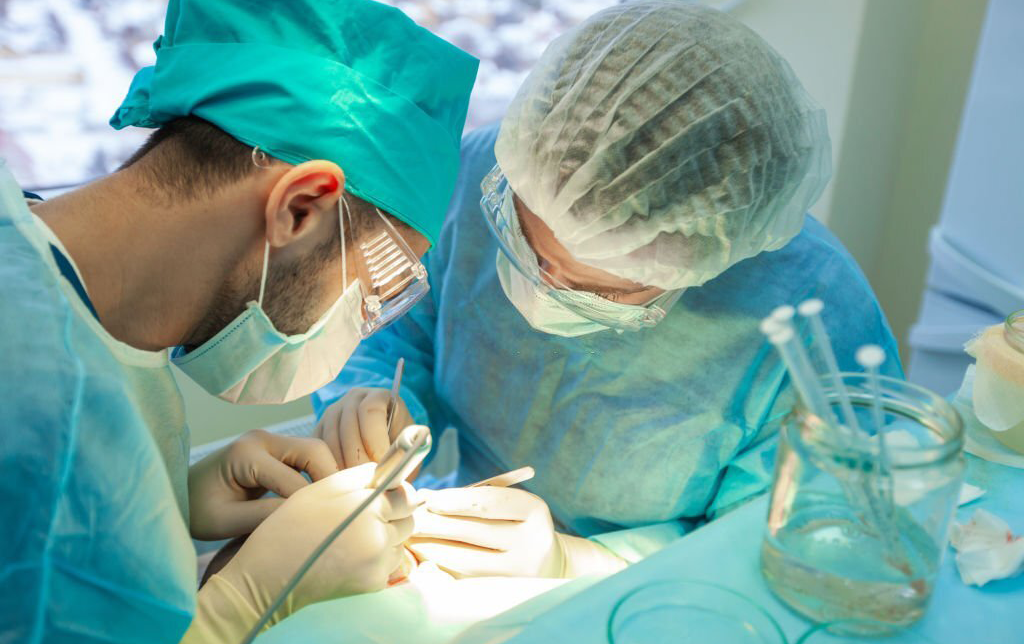Blogs

A Comprehensive Guide to Genital Cosmetic Surgery: Labiaplasty and Phalloplasty
Genital cosmetic surgery is a specialized field focusing on altering the appearance and function of the genitalia for aesthetic or reconstructive purposes. Among the most common procedures are female genital reshaping, known as labiaplasty, and penis enlargement or augmentation surgery, known as phalloplasty. These procedures are distinct from gender reassignment surgeries and are designed to enhance the physical attributes of the genitalia according to individual preferences and cultural standards.
Female Genital Reshaping: Labiaplasty
What is Labiaplasty?
Labiaplasty is a surgical procedure aimed at modifying the size and shape of the inner labia (labia minora), the inner lips of the vulva. This procedure is designed to create a more aesthetically pleasing appearance, address discomfort caused by elongated labia, or correct asymmetry between the labia.
Reasons for Labiaplasty
Women may seek labiaplasty for several reasons:
– Aesthetic Concerns: Some women may feel self-conscious about the appearance of their labia, which could be naturally elongated, asymmetrical, or irregularly shaped. Labiaplasty can help create a more symmetrical and balanced appearance.
– Physical Discomfort: Elongated labia can cause discomfort during activities such as cycling, running, or sexual intercourse. Labiaplasty aims to alleviate this discomfort by reducing the size of the labia.
– Hygiene Issues: Larger labia can sometimes make hygiene challenging, leading to irritation or infections. Reducing the labia size can simplify hygiene and enhance comfort.
– Psychological Impact: For some women, the appearance of their labia can affect self-esteem and sexual confidence. Labiaplasty can enhance their overall sense of well-being and confidence.
The Labiaplasty Procedure
- Consultation: The process begins with a consultation where the patient discusses their goals and concerns with a qualified plastic surgeon. The surgeon explains the procedure, potential risks, and expected outcomes.
- Anesthesia: Labiaplasty is typically performed under local anesthesia with sedation or general anesthesia, depending on the patient’s preference and the complexity of the surgery.
- Incision and Reshaping: The surgeon makes precise incisions along the labia minora to remove excess tissue and reshape the labia. Techniques include the trim method (removing the outer edge of the labia) or the wedge method (removing a V-shaped section of tissue).
- Suturing: Incisions are closed with fine, dissolvable sutures to minimize scarring and promote healing.
- Recovery: The patient is monitored in a recovery area and given postoperative care instructions.
Recovery and Aftercare
– Rest and Activity Restrictions: Patients should rest and avoid strenuous activities, sexual intercourse, and heavy lifting for several weeks.
– Hygiene: Proper hygiene is essential to prevent infection. Patients should follow the surgeon’s instructions for cleaning the surgical site.
– Pain Management: Pain and discomfort can be managed with prescribed medications.
– Follow-Up Appointments: Regular follow-up appointments are necessary to monitor healing and address any concerns.
Penis Enlargement or Augmentation Surgery: Phalloplasty
What is Phalloplasty?
Phalloplasty is a surgical procedure aimed at increasing the length, girth, or both of the penis. It can be performed for cosmetic reasons or to address conditions such as micropenis or congenital abnormalities.
Reasons for Phalloplasty
Men may seek phalloplasty for various reasons:
– Aesthetic Enhancement: Some men desire a larger or more proportionate penis to improve self-confidence and body image.
– Functional Improvement: Phalloplasty can help men with conditions such as micropenis achieve a more typical penile size and function.
– Psychological Well-Being: Enhancing the appearance of the penis can boost self-esteem and sexual confidence.
The Phalloplasty Procedure
- Consultation: The procedure begins with a consultation where the patient discusses their goals and concerns with a qualified urologist or plastic surgeon. The surgeon explains the procedure, potential risks, and expected outcomes.
- Anesthesia: Phalloplasty is typically performed under general anesthesia or regional anesthesia.
- Lengthening: To increase penis length, the surgeon may release the suspensory ligament that attaches the penis to the pubic bone, allowing more of the penis to extend outside the body.
- Girth Enhancement: To increase girth, the surgeon may use techniques such as fat transfer (liposuction to remove fat from another part of the body and injecting it into the penis) or dermal grafts (transplanting tissue from another part of the body).
- Implants: In some cases, penile implants or fillers may be used to achieve the desired increase in size.
- Suturing and Recovery: Incisions are closed with fine sutures, and the patient is monitored in a recovery area before being discharged with postoperative care instructions.
Recovery and Aftercare
– Rest and Activity Restrictions: Patients should rest and avoid strenuous activities, sexual intercourse, and heavy lifting for several weeks.
– Hygiene: Proper hygiene is crucial to prevent infection. Patients should follow the surgeon’s instructions for cleaning the surgical site.
– Pain Management: Pain and discomfort can be managed with prescribed medications.
– Follow-Up Appointments: Regular follow-up appointments are necessary to monitor healing and address any concerns.
Distinguishing Genital Cosmetic Surgery from Gender Reassignment Surgery
It is important to note that labiaplasty and phalloplasty, as described here, are distinct from gender reassignment surgeries. Gender reassignment surgeries, or gender-affirming surgeries, are part of the transition process for transgender individuals and involve creating or reconstructing genitalia to align with the individual’s gender identity. These procedures are more complex and address both functional and aesthetic considerations.
Ethical and Psychological Considerations
Informed Consent
Informed consent is crucial in any surgical procedure. Patients must fully understand the procedure, potential risks, and expected outcomes. Surgeons must ensure patients make informed and autonomous decisions.
Psychological Support
Genital cosmetic surgery can significantly impact psychological well-being. While these procedures can enhance self-esteem and body image, it is important for patients to have realistic expectations and seek psychological support if needed. Counseling or therapy can help address underlying emotional or psychological issues and ensure the decision to undergo surgery is well-considered.
Cultural and Societal Influences
Cultural and societal norms can influence the decision to pursue genital cosmetic surgery. Patients should reflect on their motivations and ensure their decision is based on personal desire rather than external pressure. Surgeons should be culturally sensitive and support patients in making decisions that are right for them.
Potential Risks and Complications
As with any surgical procedure, genital cosmetic surgery carries potential risks and complications, including:
– Infection: Despite preventive measures, there is always a risk of infection, requiring prompt medical attention.
– Bleeding: Some bleeding is normal, but excessive bleeding can occur as a complication.
– Scarring: While efforts are made to minimize scarring, some degree of scarring is inevitable.
– Pain and Discomfort: Persistent or severe pain should be reported to the surgeon.
– Functional Issues: Rare complications such as narrowing of the vaginal canal, urinary function issues, or dissatisfaction with results may occur.
Genital cosmetic surgery can offer significant benefits for those seeking to enhance their physical appearance and functionality. Understanding the procedures, benefits, risks, and considerations can help individuals make informed decisions and achieve the results they desire.
Popular Posts

Nose Surgery (Rhinoplasty)
Nose reshaping (rhinoplasty or a "nose job") is an operation to change the shape or size of the nose...

Best Hair Transplant Doctor In Nagpur Location
Saundarya City Uses Modern techniques have enabled advanced methods for surgical hair transplants that can help restore lost hair...



 Book an Appointment
Book an Appointment